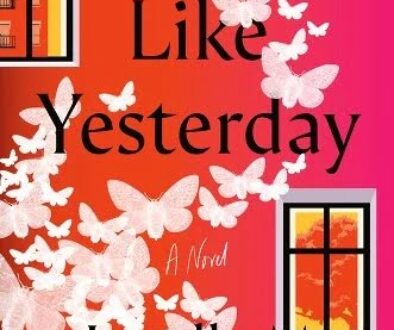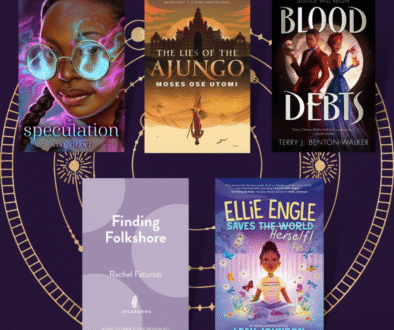The Plot Thickens: The Dark Fantastic
This review was originally posted on Medium.
As a cultural scholar and analyst, I’ve long sought out literature that expounds upon the importance of popular literature, entertainment, and its corresponding fan culture on social justice. Dr. Ebony Thomas’ The Dark Fantastic is just the editorial bridge that I needed.
Each passing day shows us the profound impact cultural content, from films and comics to music and books, has on shaping the humanization and understanding of marginalized communities. As shared within chapter 5, “Hermione is Black,” Dr. Thomas credits the present-day pulse of pop culture with providing an environment where historically White characters, like Hermione Granger in the Harry Potter series and Alexander Hamilton as reimagined in Lin-Manuel Miranda’s Tony award-winning play Hamilton, can be successfully race-bent. In fact, she quotes Miranda’s observation that “works of art are the only silver bullet we have against racism and sexism and hatred.” In this quote, Miranda continues to tell us about the impact Hamilton had in serving as a meeting space for former Vice-President Joe Biden and the director of Will & Grace. During this meeting, Biden credited the show’s depiction of gayness with changing how people talk about gay and lesbian people within the U.S., leading to support for marriage equality. In a time where it is becoming advertent that the personal is indeed political, it is paramount to see a tangible relationship between art and policy.

In The Dark Fantastic, Dr. Thomas asserts that “the efforts of marginalized people to author themselves [into existing properties] contribute to emancipating the imagination….and infinite narrative possibilities.” As a cishet Black woman studying the impact of fan culture while also belonging to some of the very same fan communities that the author has interacted with, her words feel like sisterly advice, yielding insight about what has been and has yet to be corrected. As a Millennial, standing between the current actions and initiatives undertaken by older generations and the inherent technological differences in imagination between mine and younger generations, this book has entered my life at the perfect time. Dr. Thomas’ perspective on Black Hermione, namely that prior to encountering younger Black women’s takes on Hermione being Black on Tumblr and other spaces, she had never considered Hermione to be Black, supports the understanding that the insights of those older and younger than us scaffold our margins on imagination. In her usage of the term ‘dark fantastic’ to call attention to the racial differences we perceive as readers and writers of fantasy, she further highlights the borderlines around creative perspective. Overall, this book is an academic resource for those who have examined their place within their favorite fantasy or science fiction franchises, whether that occurs by questioning the role of an immovable trans-ocean slave trade to make sense of Black people in a majority White continent or by claiming ownership of the characters themselves.
I recommend this book to cultural commentators and innovators needing comprehensive reference materials on the impact of books, specifically YA, on culture and the psyches of people of color. This study is very necessary because this fiction is overlooked unless tied to multi-million dollar platforms via movie franchises and is treated in the same vein as teen girl enthusiasm for boy bands, likely for similar reasons. While the recent rise of comic books into mainstream culture has led to the popularity and expansion of comic cons, assisted no doubt by the high levels of validation major studios have given these conventions in the past decade, YA book culture has not yet had this reception. Though book fans gather in aggregate for gatherings small, like book clubs, talks, and meetups, and large, i.e. regional festivals and Bookcon, even these large convenings fail to generate the attention given to comic conventions. I make this distinction not to divide comics out of greater fiction but to address the greater issue of the YA genre receiving less resources and acclaim. Who writes about the lasting impact of these sci-fi and fantasy novels outside of reviewers, writers, and publishers? With this book, Dr. Ebony Thomas shows us how their influence has lasting cultural dynamism and provides provisions for further study.
Come to The Dark Fantastic for a thorough examination of Black-presenting young women depicted in popular entertainment like Rue from Hunger Games, Gwen in Merlin, Bonnie Bennett in The Vampire Diaries, and Hermione Granger in the Harry Potter series. Stay for the necessary name dropping of several Black authors that had me rushing to update my to be read pile.



